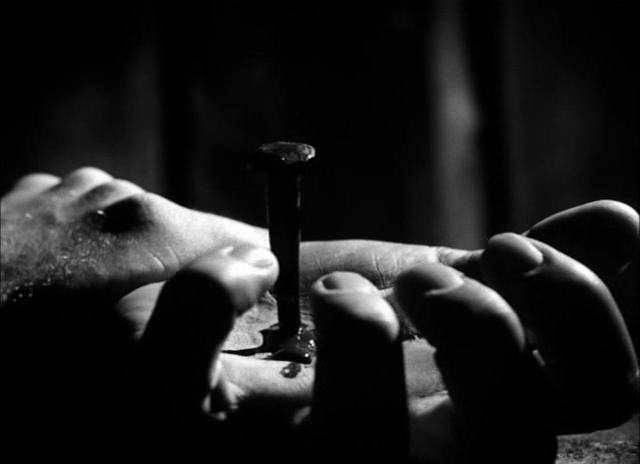The film, Raw, focuses on Justine who is played by Garance Marillier, when she enrols in a veterinarian school. At the age of 16, she brilliantly explores herself and her dream to be a veterinarian. Yet, the longer she stays in her, the more she discovers and immerses herself into this dark, shameless, and ravishing reality, where in she slowly caves into her desires and temptations. Slowly, but surely, she faces a terrible discovery among herself and her own family as well. Her true self, who she was and she was capable all along starts to emerge in the scenes.
Coming of age? More like, coming of carnage. The film takes on a dangerous and seductive twist to the idea of it as a coming of age plot. It follows a teenager’s awkward and troublesome experience of having to go through your first party, initiation, kiss, or sex. It all seems very innocent at first, but it all goes downhill from there when Justine discovered her unusual desire for human flesh. Other than being a coming of age film, “Raw” also tries to explore the horror genre especially with its element of cannibalism that is the main highlight of the film. At the moment when Justine ate the finger of her sister, that was considered to be the fall of her innocence, the emergence of her sexual awakening, the start of her lustful fantasies and desires. Cannibalism and the eating of human flesh was the whole meat of the film for it was used as an important point of Justine’s coming of age.
It demands the disgust and horrific faces of the audience when each bite is made, when every drop of blood is licked, and when flesh is devoured. Julia Ducournau, did not stop at the eating of the finger, she went all the way with the leg of Justine’s roommate being eaten. It will cause you to be on edge every time. Always trying to cover your eyes before the teeth sinks into the skin. But what I like about it, is that it is not as bloody or explicit as Saw or any other American horror gore film. Ducournau makes sure that the sequences and the cinematography make the film very tasteful and artistic, hypnotic and visually striking. The lighting and editing make it a very pleasant and refined film to watch. Everything was properly executed that it makes itself one hell of a masterpiece.
In such a way, the film highlights the idea of female empowerment. Not because of the fact that women were eating men in the film, but rather, highlights the empowering capabilities of the female characters in the film. Justine and her sister did not mind being at the “top of the food chain” (sorry for my pun), but they knew who they were, they knew what they want, and did not stop at anything to go after it. Even if it means getting yourself hit by a car in the middle of the road to feed yourself.


